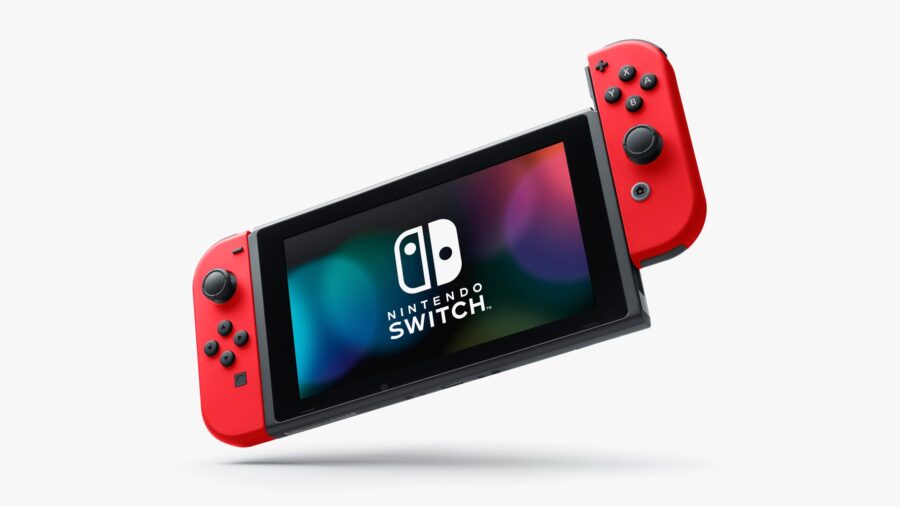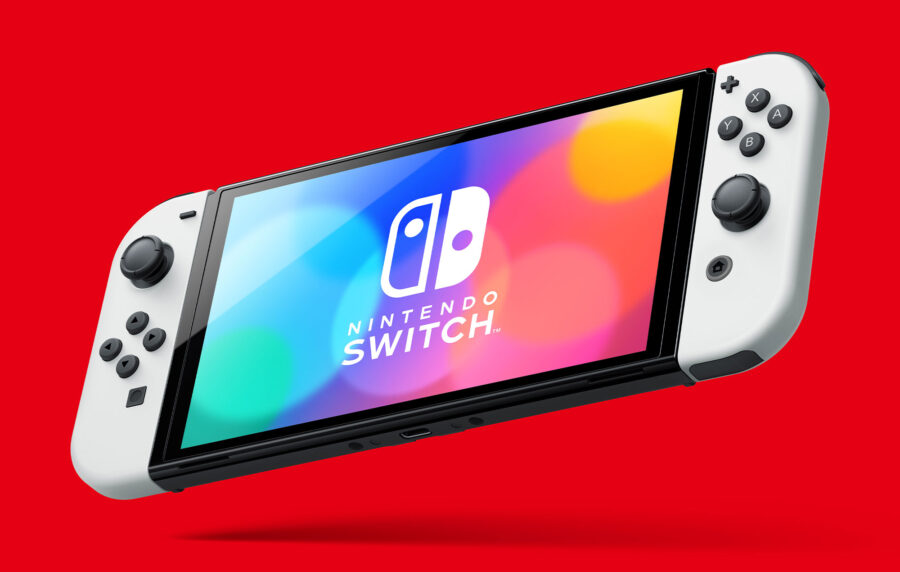Nintendo Switch Finally Gets A Necessary Update
Nintendo Switch users are finally getting the update they've asked for, but there are drawbacks to using it.
This article is more than 2 years old

Nintendo’s latest console, Nintendo Switch, finally got a highly-demanded update – and, no, it’s not a 4K display support. Instead, just out of the blue (pun intended), Nintendo added Bluetooth audio support to the most popular handhelds. This feature was missing from the console ever since its release in 2017, but it’s now available on all Switch models thanks to Nintendo’s latest update.
According to Kotaku, Bluetooth audio support comes as a part of the latest Nintendo Switch update, making it possible to use Bluetooth-enabled devices for audio output. The company, however, points out that there might be some latency in audio output and warns about the feature’s limitations. As per Nintendo’s support page, users will be limited to using only two wireless controllers with the Bluetooth set attached, and the system doesn’t support Bluetooth microphones, given that Nintendo’s voice chat relies on a smartphone app.
The lack of Bluetooth audio input (microphone) and being limited to only two controllers aren’t the only drawbacks of Nintendo Switch’s latest Bluetooth support update. Users won’t be able to pair more than one Bluetooth audio device, though up to ten devices may be saved, and pairing additional controllers would require users to disconnect any Bluetooth audio. Additionally, using Bluetooth audio prevents local communication, preventing gamers from starting local wireless games. Starting one will actually disable any connections towards Bluetooth audio devices.
This is quite an improvement, given the length people had to go through to get wireless audio on their Nintendo Switch console, employing various third-party devices and USB dongles that acted as Bluetooth audio adapters. So, the added support for Bluetooth audio comes as a welcome surprise. However, we’re discussing a software solution to the problem without any alterations to the console’s hardware – suggesting that the hardware was always there. Nintendo’s only issue was making it work. This begs the following question: did Nintendo purposefully delay the Bluetooth audio support on the most popular handheld console of all time, or is there something else in play?

The company likely did its research which gave them an approximate number of users that would actually use Bluetooth audio, causing Nintendo to deprioritize it. It should be noted that none of the previous- or current-gen consoles from Microsoft or Sony feature a native “open” Bluetooth support, making Nintendo Switch stand out even more – as if outselling both Xbox Series X/S and PS5 wasn’t enough. Some might argue, on that point, that PlayStation Vita, Sony’s discontinued handheld console, had Bluetooth headphone support. But it had Bluetooth headphone support only, which made Bluetooth audio support much less complicated to introduce.
In the end, despite its limitations, Bluetooth audio support is a highly welcomed feature on Nintendo Switch since it makes sense for a handheld console to feature wireless audio. But that’s not the only thing included in the update. The console will now remain connected to the internet while in Sleep-mode if the connection is hardwired, either through an adapter or a built-in LAN port on the upcoming Nintendo Switch OLED dock. In addition, the feature will be enabled by default, allowing the console to download content while in Sleep-mode, granting gamers access to their favorite, up-to-date titles as soon as they wake up. However, that’s probably not as exciting as the new Bluetooth audio feature.












